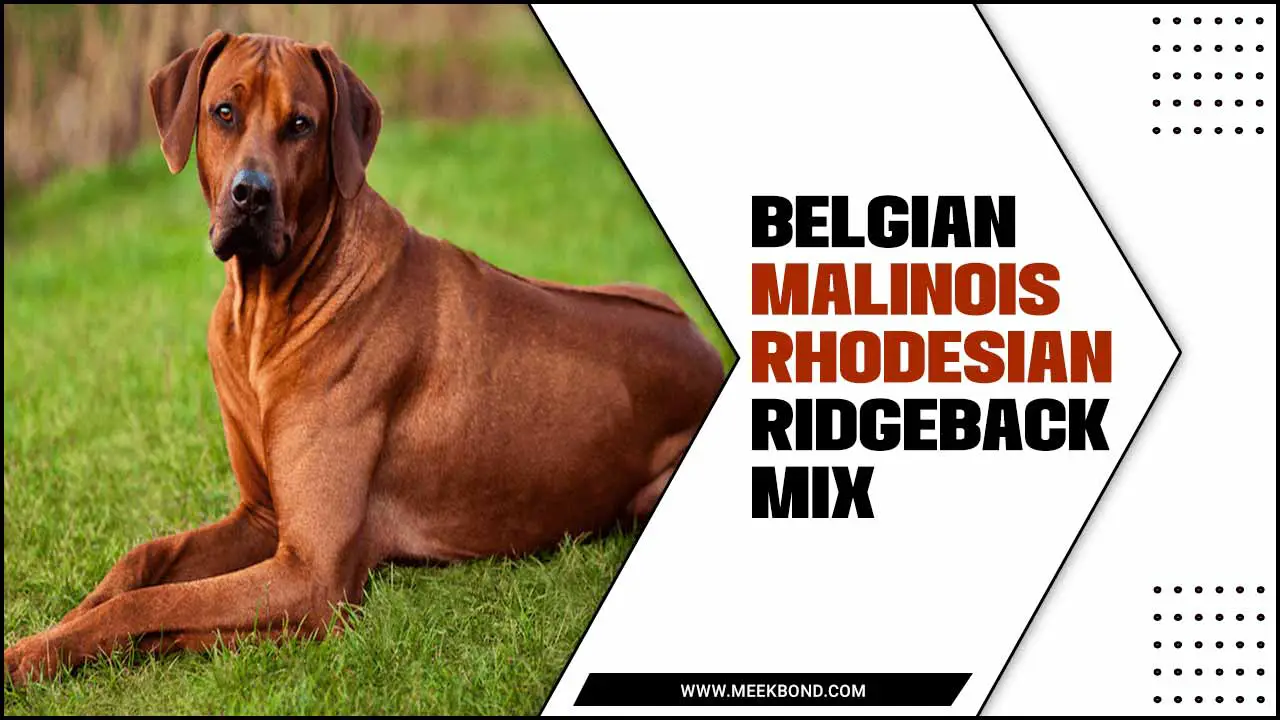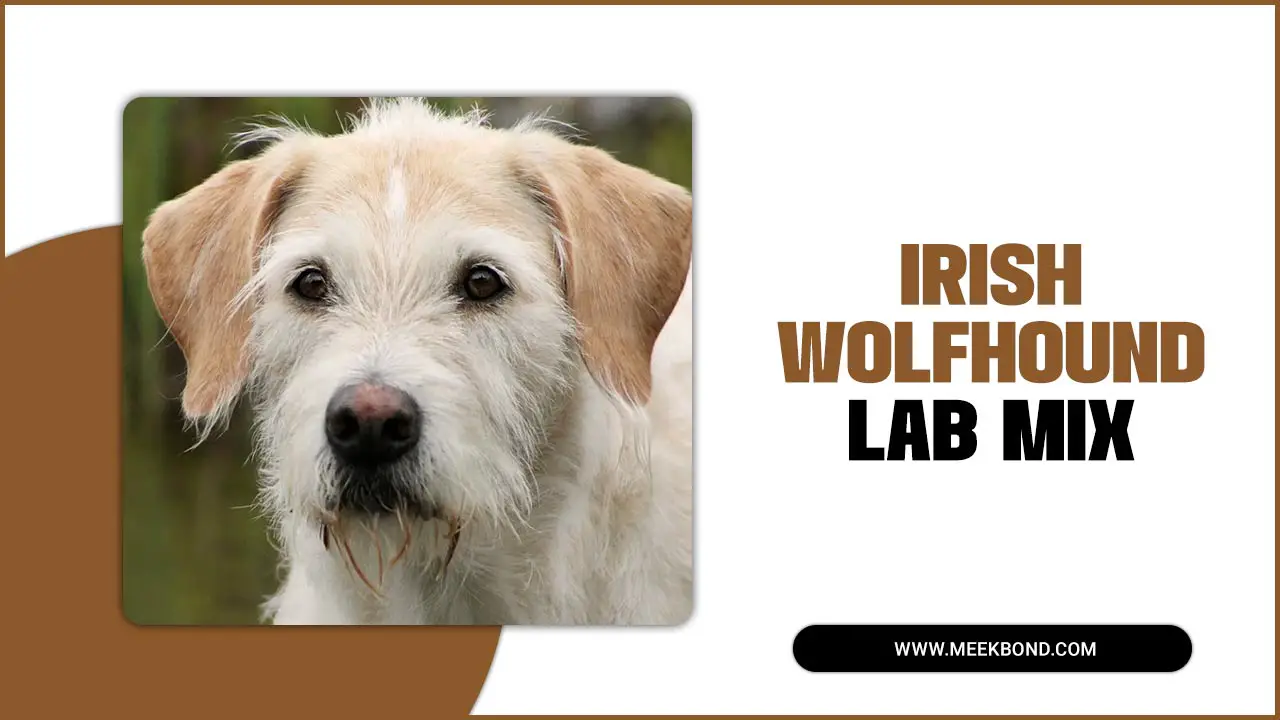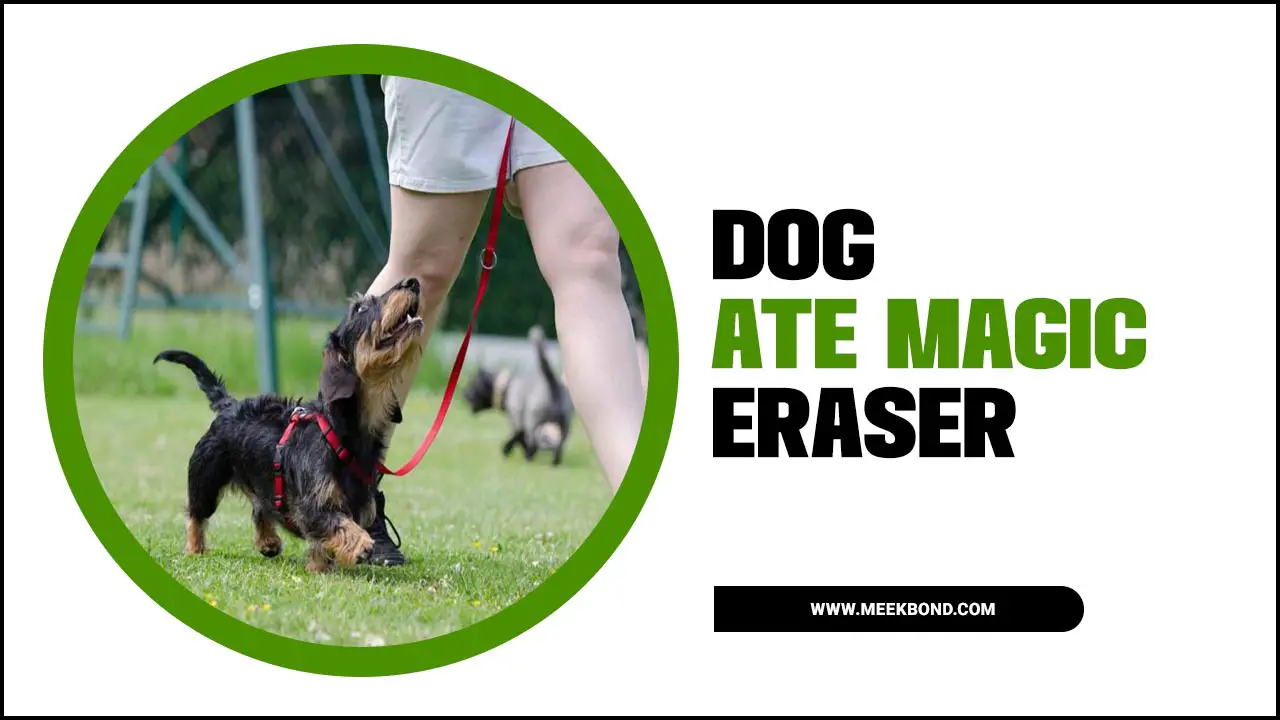Dogs are often referred to as man’s best friend, and for good reason. They are loyal, loving, and always there to greet you with a wagging tail and wet nose. Dogs come in all shapes and sizes, from tiny Chihuahuas to giant Great Danes, but no matter their size, they all have one thing in common:
they bring joy into our lives. Are you a proud new pup parent looking to improve your dog training skills? Training your dog can be a fun and rewarding experience for you and your furry friend. However, without the right techniques, it can be a frustrating and overwhelming task.
We will discuss dog training tips and tricks. We’ll cover you, from positive reinforcement techniques to advanced training methods. So, grab your dog’s favourite treats and let’s get started on creating a well-trained pup that is obedient, happy, and healthy.

Finding The Right Techniques To Add With Dog Training Tips And Tricks
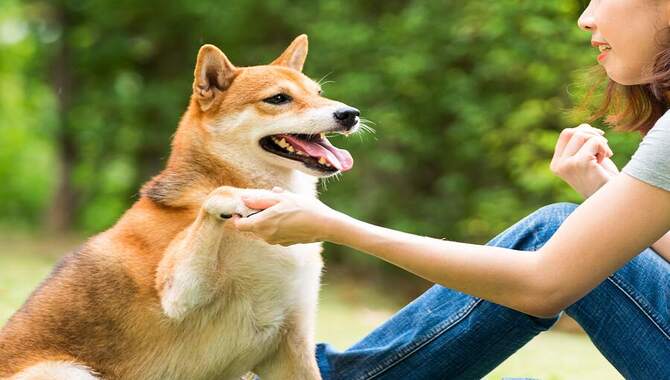
Dogs are often referred to as man’s best friend, and for good reason. These furry companions have been by our sides for thousands of years, providing us with love, loyalty, and endless entertainment. They come in all shapes and sizes, from the tiny Chihuahua to the massive Great Dane, but one thing is certain – they all have a special place in our hearts.
Dog training is an essential part of responsible pet ownership. This helps ensure that your furry friend is well-behaved, safe and happy. There are different methods for dog training. Positive reinforcement involves rewarding good behavior with treats or praise rather than punishing bad behavior.
Thorough research and testing of different techniques are essential for dog training. Here are the right techniques to add to dog training tips and tricks. Scroll down to get into details.
1. Positive Reinforcement Techniques
Positive reinforcement training is one of the best methods to train your pup. This fun game involves rewarding good behavior with high-value treats such as dog treats or a new toy. It is a great way to keep your pooch mentally stimulated and helps improve their behavior without punishment or scolding.
Trainers recommend using consistency and repetition along with verbal commands and hand signals when teaching basic commands like “sit,” “stay,” “come,” and “heel.” Seek advice from professional trainers or your vet for more advanced training techniques or help with behavioural issues.
2. Negative Reinforcement Techniques
While it is important to know negative reinforcement techniques like time-outs and withholding treats or attention to increase desirable behaviors in your pooch, using them sparingly is crucial due to their possible unintended consequences.
Instead, try using positive reinforcement training tips like giving high-value treats and lots of attention when they display good behaviour; this strengthens the relationship between pet parents and pups while serving as mental stimulation.
If you need guidance on which techniques work best for your breed and individual pup, consider consulting a professional dog trainer who uses positive reinforcement training.
3. Treat Training For Puppies
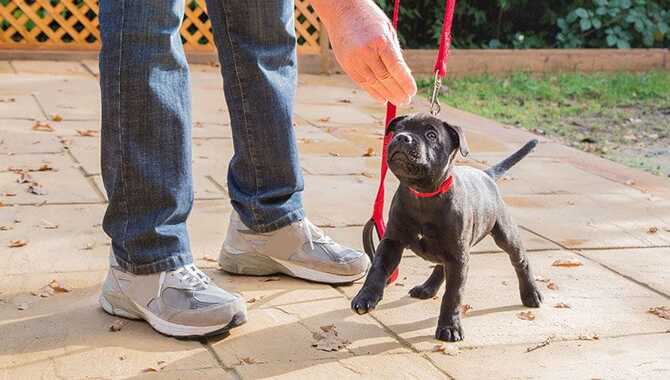
Teaching your pup new tricks can be a challenging task. However, treatment training is an effective way to train your pooch to new behaviors without causing harm or anxiety. Positive reinforcement is one of the most popular dog training tips focusing on rewarding good behavior with lots of attention and high-value treats such as kongs or puzzle mats. The best thing about this type of puppy training is that it works for different breeds and situations.
Training sessions should be kept short, with many breaks to avoid distractions or destructive chewing. Consistency is also essential in obedience training to avoid bad habits or phobias in puppies.
4. Hand Signals For Puppy Training

Training your new puppy can be an exciting but challenging experience. Hand signals are one of the best ways to teach them commands. By incorporating consistent hand signals during the training session, you can communicate with your pup more effectively and help them learn new behavior quickly.
Additionally, it’s essential to remember that positive reinforcement training methods such as offering high-value treats and lots of attention are crucial in achieving success. So next time you’re teaching your young puppy a new trick or command, try using a combination of verbal commands and hand signals for the best results.
5. Clicker Training
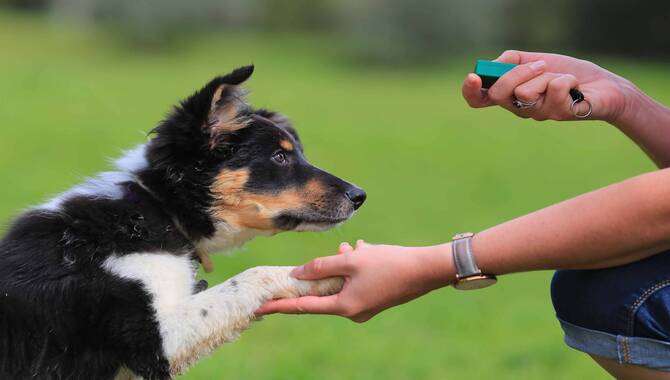
Consider clicker training if you’re looking for an effective way to train your furry friend without resorting to negative reinforcement techniques or punishment-based methods.
This unique approach uses a small clicker to reinforce good behavior in your dog. Pairing the sound of the click with high-value treats or words of praise is a great way to motivate your pooch and encourage them to learn new behaviors quickly. With consistency and mental stimulation during each training session, you’ll be amazed at how quickly your dog picks up new tricks and commands.
6. Leash Training

Leash Training is an integral aspect that demands patience and persistence from pet parents. Remembering the importance of consistency is key while introducing puppies to their first leash. A dog trainer may suggest starting with basic obedience commands like “come” or “sit,” rewarding the pup with high-value treats for every successful repetition.
In addition to this, verbal commands and body language play a vital role in understanding behavioural issues like barking or destructive chewing. A positive reinforcement technique like a clicker can add mental stimulation to training sessions, making them a fun game rather than a chore.
7. House Training
Successfully house-training your new puppy is an essential step in dog ownership. The first thing to remember is consistency is key in any training session. Use positive reinforcement techniques such as high-value treats or lots of attention when your pup does the right thing, like going potty outside on his leash.
Remember that patience is necessary because accidents will inevitably occur during training. To ensure success, you can consult professional trainers or even your vet. You can set your pooch up for success in various situations using these tips, along with proper crate training and leash techniques.
8. Crate Training
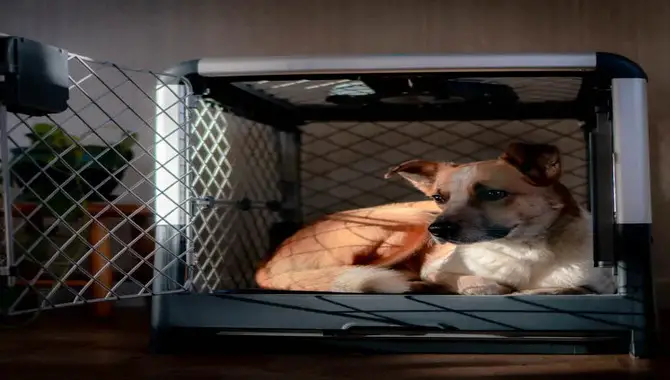
Teaching your puppy to love their crate is an important step in their development. Crate training provides mental stimulation and a safe space where they can relax and feel at home.
So how do you get started? First, introduce the crate to your pup as a fun game by adding high-value treats or showing them how to play with a kong. Then gradually increase the duration of time they spend in the crate through positive reinforcement training using body language and repetition.
9. Teaching Basic Commands Sit, Stay, Come, Heel
Establishing a good foundation for your pup involves teaching them basic commands such as sit, stay, come, and heel. Positive reinforcement techniques like treats or verbal praise can encourage the desired behavior.
Remember that every dog learns independently; patience and consistency are essential for successful obedience training. Ensure all family members use the same commands and methods for effective results. With time and practice, you can move on to advanced training techniques like teaching new tricks or agility exercises.
10. Dealing With Problem Behaviors Barking, Digging, Chewing
You need to deal with problem behaviors effectively to train your pup like a pro. Common issues such as barking, digging, or destructive chewing require patience and positive reinforcement training tips. Discourage negative behavior by redirecting your pooch’s attention to an appropriate activity or setting boundaries using verbal commands and body language.
Consistency is key in training; using high-value treats like kong toys or positive reinforcement techniques will keep your new puppy engaged and mentally stimulated during every training session. Seeking help from professional trainers or vets can be the right thing for behavioural issues that persist.
11. Socialization And Obedience Training
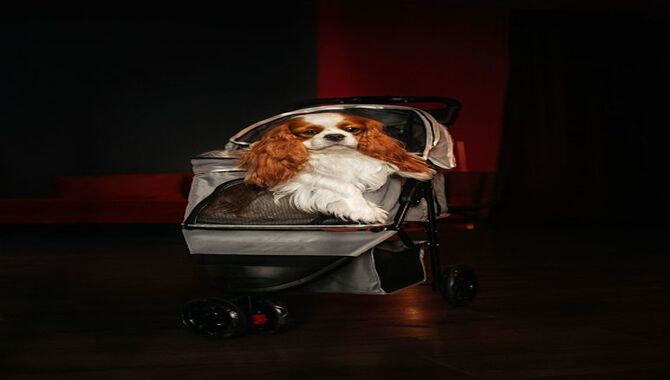
Socialization and obedience training are the way to go for a well-behaved pup. Teaching your furry friend how to interact with other dogs, people, and different environments is vital. Further, obedience training will help your pooch follow basic commands such as sit, stay or come when called.
Positive reinforcement using high-value treats or praise is a great way to encourage good behavior in puppies. Patience and consistency are crucial throughout the entire process.
12. Raining For Specific Activities Agility, Hunting, And More
Teaching your pup new tricks is a great way to provide mental stimulation in addition to basic training. Regarding specific activities such as agility or hunting, different types of dog training work better for different breeds.
For instance, agility training is about easily navigating obstacles, while hunting involves tracking and retrieving games using specialized techniques such as clicker training or positive reinforcement.
Consistency is key to ensuring success in any type of dog training session. By incorporating distractions into the mix and offering high-value treats, you’ll be able to train your pup effectively across a variety of situations.
13. Advanced Training Techniques Tricks, Advanced Commands, And More
Incorporating fun games like tricks and advanced commands is a great way to keep your pup engaged and mentally stimulated during training sessions. It’s important to use positive reinforcement training methods for best results.
Consistency is key when teaching your pooch new behavior and obedience skills using verbal commands or hand signals, high-value treats, or even a favorite toy like a kong mat. Training should be an enjoyable experience for both pet parents and pups alike.
Conclusion
Training your furry friend can be a challenging but rewarding experience for both you and your dog. Dog training can be a fun and bonding experience for you and your furry friend. To ensure effective training, it’s important to use the right techniques that cater to your pup’s personality and behavior.
Positive reinforcement techniques work wonders for most dogs, while some may require negative reinforcement or clicker training. It’s also essential to teach basic commands like sit, stay, and come and deal with problem behaviors like barking or chewing.
Socialization and obedience training are critical in ensuring your dog is a well-behaved member of society. We’ve discussed dog training tips and tricks. By working together, we can all create happier and healthier relationships with our furry friends.
Frequently Asked Questions
What Are Some Effective Training Techniques For Teaching Basic Obedience Commands To A Dog?
Effective training techniques for teaching basic obedience commands to a dog include using positive reinforcement, consistency, repetition, and patience. Using treats as rewards for good behavior can also be helpful. It’s important to start with simple commands like “sit” and “stay” and gradually progress to more complex ones. Consistency is key throughout the entire training process.
How Can I Address Problem Behaviors Like Barking, Chewing, Or Jumping?
To manage problem behaviors like barking, chewing, or jumping in dogs, use consistent and positive reinforcement. Redirect their attention to a more appropriate activity and use commands like “no” followed by positive ones like “sit.” Professional help may be necessary if the behavior persists.
What Are Some Tips For Socializing My Dog With Other Animals And People?
To socialize your dog with other animals and people, start young to avoid fear or aggression. Use positive interactions, reward good behavior with treats and praise, and gradually increase exposure and difficulty. Consistency is key to successful socialization.
How Can I Use Positive Reinforcement To Reinforce Good Behavior In My Dog?
To reinforce good behavior in your dog, use positive reinforcement by rewarding them with treats, praise or playtime. Timing is essential; reward immediately after the desired behavior to help your dog understand the connection between the behavior and the reward. Consistency is key to encouraging the repetition of desired behaviors.
What Are Some Common Mistakes To Avoid When Training A Dog?
Strain your relationship. Don’t expect instant results, as training requires patience and consistency. Use positive reinforcement like treats and praise to encourage good behavior and avoid confusing your dog with inconsistent training.

Aquarium passion is all about connecting with the aquatic life and providing education to the public on the importance of these creatures. We showcase a wide variety of marine life through our exhibits as well as working with schools to provide unique learning opportunities for students of all ages.

